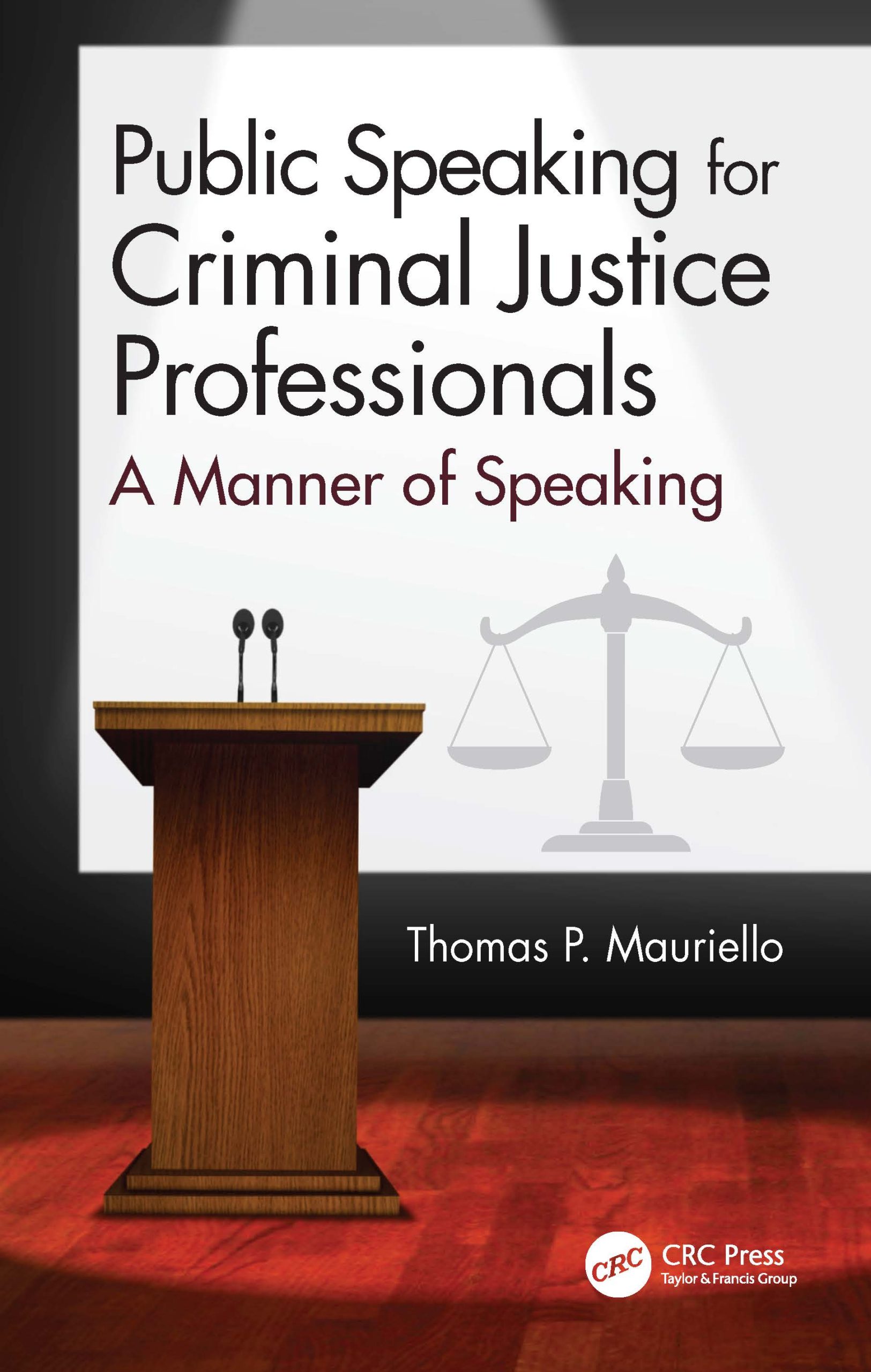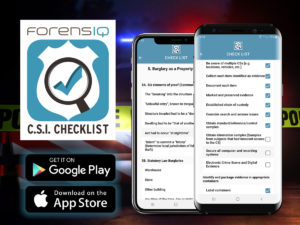Get Ahead With West Virginia University Summer Courses in Forensics
West Virginia has announced numerous upcoming courses as part of its Forensic Science Initiative. These courses will allow both forensic professionals and civilian practitioners to develop their skills on a variety of topics including, forensic photography, latent print development, paint evidence, blood presumptive testing, and fiber identification. All courses will take place at the Morgantown, West Virginia campus and upon completion; each participant will receive a certificate of completion.
Registration is open for the following WVU summer courses in June and July:
- Basic Crime Scene – June 2 – 6, 2014
- Latent Print Development – June 12 – 13, 2014
- Basic Crime Scene Photography for Law Enforcement – July 1 – 2, 2014
- Paint Evidence and the Forensic Laboratory – July 8 – 10, 2014
- Blood Presumptive Testing & Enhancement – July 10 – 11, 2014
- Identification of Natural and Man-made Fiber – July 15 – 17, 2014
- Characterization & Comparison of Dyed Fibers – July 22 – 24, 2014
- Introduction to Firearm Examination – July 28 – 30, 2014
Registration is free but attendees are responsible for travel and lodging costs.
Source: West Virginia University
[Abstract written by Noel Andres, ForensIQ Intern, 5/15/14]
Back to the Basics: Effectively Sketching a Crime Scene
There are numerous pieces of equipment and types of technology that can be used to diagram and map crime scenes. However, it is always good to be able to sketch a scene by hand if necessary. This article provides various tips, guidelines, and pointers, as well as diagrams that can help you sketch a scene effectively and accurately. These tips focus heavily on taking accurate measurements and four basic techniques that can be used to measure a scene.
Click here to read the full article.
[Abstract Written by Walter Tates, ForensIQ-Inc. Intern, 050814]
Prosecution from Gun Buyback
There has been concern around endangering the anonymity factor in the gun buyback program. After Boston’s buyback multiple investigations are underway by police after guns turned in were suspected of being used in possible crimes. The spokesman for the Boston Police Department has stated “The success of the gun buyback isn’t measured in the number of arrests made or cases successfully prosecuted. It’s about getting guns off the streets and making our community safer.” More than 270 guns have been turned in to police. The mayors office stated participants giving guns will not be prosecuted for unlawful possession but their guns will be tested to determine if they were used in crimes. This could cause potential problems for some and deter others from wanting to participate.
Click here for full article
Click here to see below blog item where ForensIQ’s, Tom Mauriello comments on an ABC TV News story discussing this same issue.
Source: Boston Herald
[Abstract written by Alicia Terrell, ForensIQ Intern, 050114]
Gun Buy-back Programs – Do they Stop Crime or Reduce Accidental Deaths?
See this piece on ABC News, WMAR Channel 2 Baltimore, where Tom Mauriello, ForensIQ and University of Maryland Professor comments on gun buy-back programs and how they reduce accidental deaths more than crime.
Talk Forensics – Digital Evidence Series
Talk Forensics is a new digital evidence series show that is brought to viewers by DFI News Digital Forensic Investigator© and Forensic Magazine.
The topic for discussion for their debut show is “Warrants.” Join Patrice Galvin, Editorial Director of DFI News and Forensic Magazine, in Episode 1, as the show examines how warrants apply to cell phones, computers, and other types of digital evidence.
Additional topics for discussion will include the Plain View Exception Controversy, Properly Preparing a Search Warrant, and Seeking Proper Legal Authority for Warrants. Talk Forensics seeks to engage and inform viewers about topics specifically related to the field of forensics. For more information about the series or to view the series click on the link below.
Click here for the link to the Talk Forensics digital evidence series!
Source: Forensic Magazine
[Abstract written by Noel Andres, ForensIQ Intern, 4/24/14]
Innocence Project of Texas Working to Prove Innocence of Inmates
The Innocence Project of Texas is a non-profit organization in Lubbock, Texas that offers legal aid to inmates who claim to have been falsely convicted. This organization is affiliated with the law school at Texas Tech University and is comprised of law students, three lawyers, an advisory board, and an office off-campus, who all manage 10,000 files from state prisoners.
Each file contains a letter from an inmate proclaiming innocence and asking for help in proving such in courts. Law students conduct a “needle in a haystack” method, send questionnaires to inmates, and start an investigation on cases where there is some doubt in the inmate’s guilt. The project can have anywhere from 30 to 50 investigations underway at any time; however, many investigations go nowhere, as students soon discover that an inmate might be withholding important facts or that vital evidence has been lost.
The Innocence Project of Texas and other numerous organizations, which are working to prove the innocence of inmates, can be found at multiple public law schools throughout the country.
Interested in reading more? Click here to view the full article!
Source: New York Times
[Abstract written by Noel Andres, ForensIQ Intern, 4/24/14]
Measuring Up – Tools for the Investigator
It is always important to use the right tools for the job, and even more important to use them correctly to improve accuracy. This principle can be applied to measuring equipment as well. With the various types of measuring tools available to investigators, it is important to know which tool is ideal for the type of situation at hand and also how to make sure your measurements are as accurate as possible when they are made and recorded. This article provides tips and pointers on tools ranging from Rolatape to laser devices.
Click here to view the article.
[Abstract by Walter Tates, ForensIQ Inc. Intern, 032714]
Packaging Evidence
In the process or collecting evidence, it is of crucial importance to store and package it properly. If packaged incorrectly, the evidence can be damaged, destroyed, or compromised. Knowing how to store specific types of evidence so that they may be transported from crime scene to crime lab can make the difference between having useless evidence, and evidence that can be helpful in an investigation. This article gives tips and guidelines on how to properly package various types of evidence, ranging from DNA and blood evidence to physical evidence such as liquids, powders, and weapons of various natures.
Click here to view the full article.
[Abstract by Walter Tates, ForensIQ-Inc. Intern.]
6 Don’ts of Crime Scene Laser Scanning
Documenting crime scenes is important and crucial business, and with technology advancing at such a rapid pace it is becoming easier to do. One advancement that has helped the documentation of crime scenes is that of laser scanning, a method of using lasers to digitally construct a three dimensional copy of the crime scene. Advances with this technology have made it even easier and more efficient to accurately document crime scenes while preserving the integrity of both the scene and the scan data. However, no method is perfect and provided in this article is a list, with thorough explanations, of six don’ts when it comes to using laser scanning technology to document your crime scene.
Click here to view the entire article.
[Abstract written by Walter Tates, Forensiq Inc. Intern. 021914]






